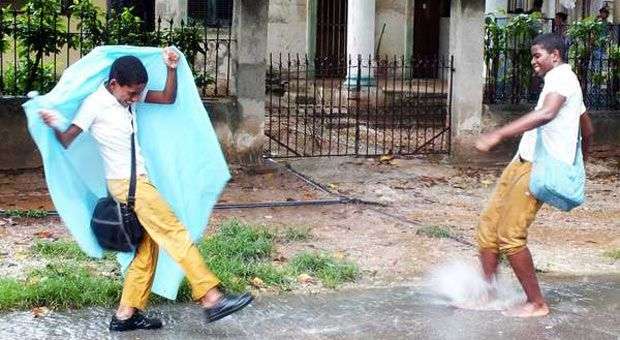In these months of rain, in which the threat of tropical cyclones over the island is imminent, the dilemma between an umbrella and a pair of oars is practically inevitable.
The reason? The poor state most of the streets and avenues of the country show. It is true that since 2008 the government initiated a process of capital repairs of the Cuban road network, however, development is obviously slow.
Transport Ministry figures indicate that in 2011 the 60.55% of the roads of national interest were in good condition and 13.32% in bad condition, and last year it is estimated that these figures changed to 63.01% and 11, 30% respectively.
While it is true that the conservation work carried out on roads of national interest (such as the Highway and Central Road) hold more durable finish, although they still can be improved, those in the rest in the cities (streets and avenues of municipal and provincial interest) leave expectations to fulfill.
Many times, the “emergency” arising in the construction process go well beyond good intentions. Violations of the rules for the rest of asphalt paint, or the “re-paving” of the streets to the level of the sidewalk … are some of the innovations from the “heat” of repairs.
To those factors could be added the lack of systematic maintenance of the streets (involving early action on holes and, even, cleaning of sewers and drainage stem) and the lack of coordination between agencies that need removing the pavement for some constructive work (such as hydraulic, gas and electricity network administrators).
Aside from the responsibility of the authorities involved in this process (such as the Ministry of Transportation, Construction …), or how costly these tasks are, there is no doubt that the greatest difficulty lies in communication between sectors and planning of tasks.
The most important issue in the conservation of the roads are not the facilities for the transportation of cargo or passengers, or the benefits it poses to the preservation of motor vehicles …, his greatest contribution is to road safety and the prevention of accidents. And although the fatalities numbers in these incidents have declined in recent years, should we risk more?
For: Onaisy Fonticoba
Picture: Abel Rojas Barallobre (R.R)










